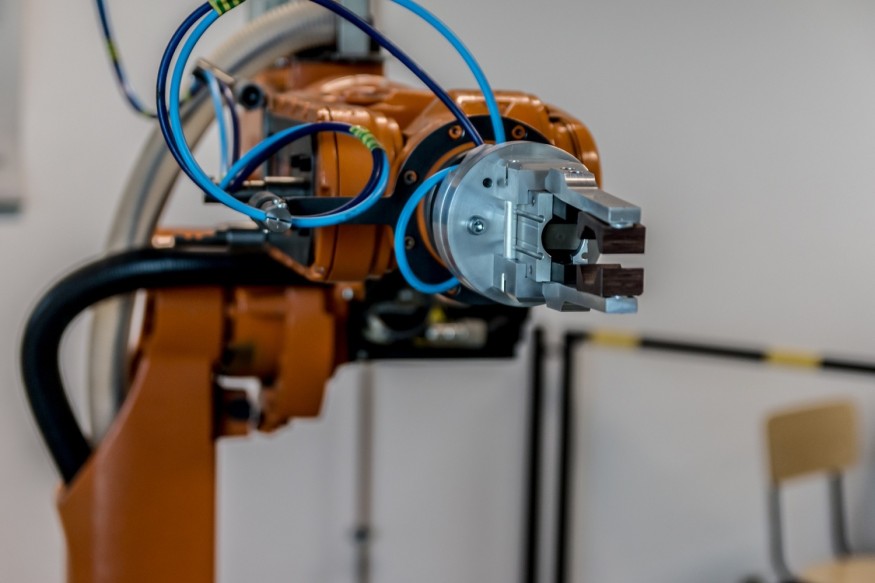Industry Solutions for Sellable Robots

Industrial robots are built to perform a variety of tasks and as such they are high-tech. robust and technically affordable. But as such a manufacturing environment cannot function with a solitary robot. It is the duty of the management to consider other industrial robots for sale.
Sectors of the economy that had ruled out the significance of robots and chose to stick to human operators have found it almost impossible to cope with the competition and now have had a change of heart. This is as a result of rapid return on investments by the machinery, speed and consistent quality in results.
Robots hence are the world movers of today very little can be performed meticulously and effectively without the use of these machines. Whether new or old robots, these machines can be repurposed and reused in different robotic applications due to their versatility and flexibility.
Robot Applications
In the various industries in the market; food processing, automobile production, manufacturing robots can be applied in various areas such as welding, material handling, milling, painting, assembly-line and palletizing.
Welding
Robotic welding can be defined as the use of mechanized programmable tools that definitively automate a welding process by handling the part and performing the weld. Robotic welding is relatively a new trend in robotics. Robotic welding was first used for spot welding in the automobile industry.
Robotic welding is on the rise and commands a 20% market share of all robotic applications. The most well-known forms of robotic welding are: arc welding, spot welding, resistance welding and laser welding. The main feature of robotic welds is quality and reduction of errors.
Material handling
Material handling robots have the capability of automating the most dangerous, strenuous and tedious tasks in a production line. In the production line material handling robots enhance efficiency of the production line as well as provision of quality goods in a timely manner that guarantees customer satisfaction.
Material handling encompasses a variety of tasks on the working areas such as packing, transferring and machine loading among others. When selecting machine handling robots it is crucial to consider speed and payload, grippers and end-of-arm tooling all as requirements.
Milling
Robotic milling is the procedure of chipping away fragments from a mold or a prototype to form a conclusive structure. Milling robots can perform precise cuts and have exact movements needed for production of the highest quality parts achievable.
An object of any dimension can be milled but requires adjustments in end-of-arm tooling and programming as well. Robotic milling work cells are forged in such a way that they contain multiple part fixtures enabling securing more parts and improving production.
Assembly line
Assembly line robots are utilized for lean industrial procedures and have enlarged production abilities in the manufacturing environment. These robots unburden the workforce from strenuous and dull assembly line tasks and are also able to improve speed and consistency.
End-of-arm tooling can be tailor made for each machine to serve manufacturing requirements. Extra alternatives such as robotic vision can be incorporated to enhance accuracy and efficiency of sorting identifiers.
Palletizing
Industry palletizing is the action of loading or unloading fragments, boxes or other parts from pallets. This action can involve robots and is termed as robotic palletizing. Palletizing robots are solid options for various industries such as shipping, manufacturing and food processing among others. Robotic palletizers are available in a wide range with distinct reach and payloads.
End-of-arm tooling variability allows for flexibility of distinct types of robotic palletizing. They include bag grippers which have a unit and support it at the base whereas magnetic and suction grippers handled more ridged units and grip them from the peak. Palletizing also enhances uniformity of loading and unloading procedures.
Conclusion
All in all purchased robots have a variety of applications in the industry. But also it is crucial that these machines are flexible and can be reused, reprogrammed and reconditioned to save on capital inputs.
Subscribe to Latin Post!
Sign up for our free newsletter for the Latest coverage!















